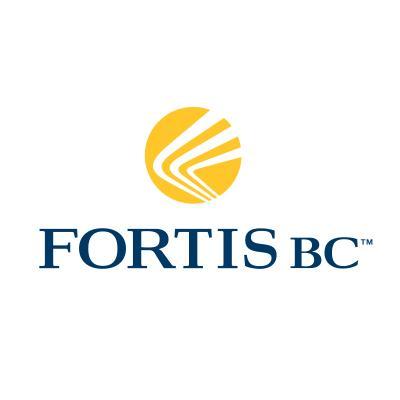
FortisBC expects to triple RNG supply in 2022
May 6, 2022
By FortisBC

FortisBC’s annual review of its climate action performance has shown that FortisBC Energy Inc. and FortisBC Inc. helped its customers avoid approximately 578,000 tonnes of carbon dioxide equivalent (CO2e) in 2021 – the equivalent annual emissions of about 177,000 gasoline-powered automobiles.
FortisBC achieved these reductions by increasing the amount of renewable and low carbon gases energy in its system, helping its customers use less energy, and leveraging the gas system to lower emissions in the transportation sector. These actions form the basis of FortisBC’s approach to achieve sustainable greenhouse gas (GHG) reductions, its Clean Growth Pathway to 2050.
“Our Clean Growth Pathway set a clear path forward to reduce greenhouse gas emissions to 2030 and beyond. It supports efficient and attainable climate action that leads to real carbon reduction here in B.C. and our continued success shows its working,” said Jennifer Robertson, director, sustainability and environment at FortisBC.
The growth of renewable and low carbon gases is one of the key ways FortisBC is helping its customers reduce GHG emissions. In 2021, FortisBC increased annual Renewable Natural Gas (RNG) supply by 184 per cent compared to 2020, which is the largest annual delivery in program history to date. By the end of 2022, FortisBC expects to triple its supply again and have around 3.9 petajoules (PJ) of contracted annual RNG supply for its customers – roughly enough energy to meet the natural gas needs of approximately 43,750 homes in B.C.
Since 2020, FortisBC has signed 25 supply agreements that were approved by the B.C. Utilities Commission and, by 2025, it’s expected that approved contracts will be in place to cover more than 11 per cent of the company’s total annual gas supply, accounting for more than 24 PJ. With the exponential growth in RNG supply as well as continued work in exploring the incorporation of other renewable and low carbon gases, like hydrogen, FortisBC expects that its original 2030 goal of 15 per cent of its gas supply being renewable and low carbon will be met or exceeded. In fact, a recent report commissioned by the Province of British Columbia, FortisBC and BC Bioenergy Network revealed that by 2050, the maximum potential supply of in-province renewable and low carbon gases could be as high as 440 PJ per year – roughly double FortisBC’s current annual gas supply.
While increasing the amount of RNG in our gas supply and decreasing our customers’ GHG emissions helped make FortisBC’s energy cleaner in 2021, the company also worked to help customers use less energy, reducing their monthly bills and their GHG emissions. In 2021, FortisBC invested close to $120 million in energy efficiency and conservation programs. The energy saving measures supported by these programs saved customers millions on their monthly energy bills and resulted in carbon emission reductions of close to 69,000 tonnes of carbon dioxide —the energy equivalent to removing almost 21,000 gas-powered cars from the road for a year.
“We understand that the energy landscape is evolving and we’re evolving with it,” said Robertson, “We are leading the way in investing in the technology and infrastructure that will help us drive down GHG emissions. By 2030, we are targeting reducing our customer GHG emissions by 3.9 million tonnes.”
Decarbonizing the gas system and encouraging conservation are just two of the ways FortisBC is reaching its near term goal of reducing its customers’ GHG emissions by 30 per cent by 2030. Investing in zero and low carbon transportation is another key aspect of the Clean Growth Pathway as transportation accounts for roughly 40 per cent of all GHG emissions in the province. Through adding another 20 electric vehicle charging stations throughout the interior and supporting heavy duty vehicles transition from diesel or gasoline to compressed natural gas (CNG), more than 50,000 tonnes of CO2e were avoided in 2021. FortisBC also continues to help position the province as a vital domestic and international liquefied natural gas (LNG) provider to lower GHG emissions globally, specifically from the marine sector, where the company fuels vessels from BC Ferries and Seaspan.
For more information on the progress FortisBC is making on its targets, fortisBC.com/30BY30target
Print this page